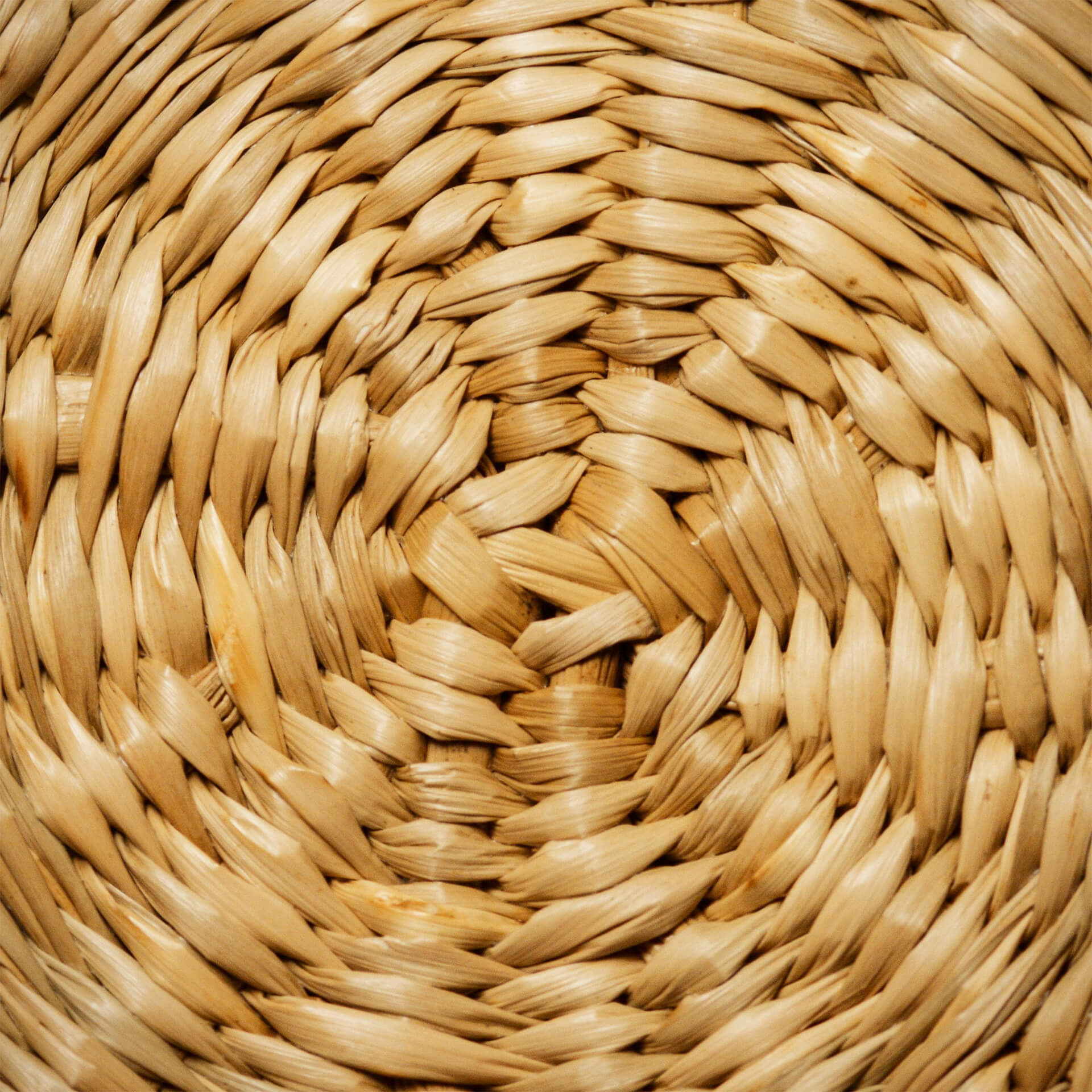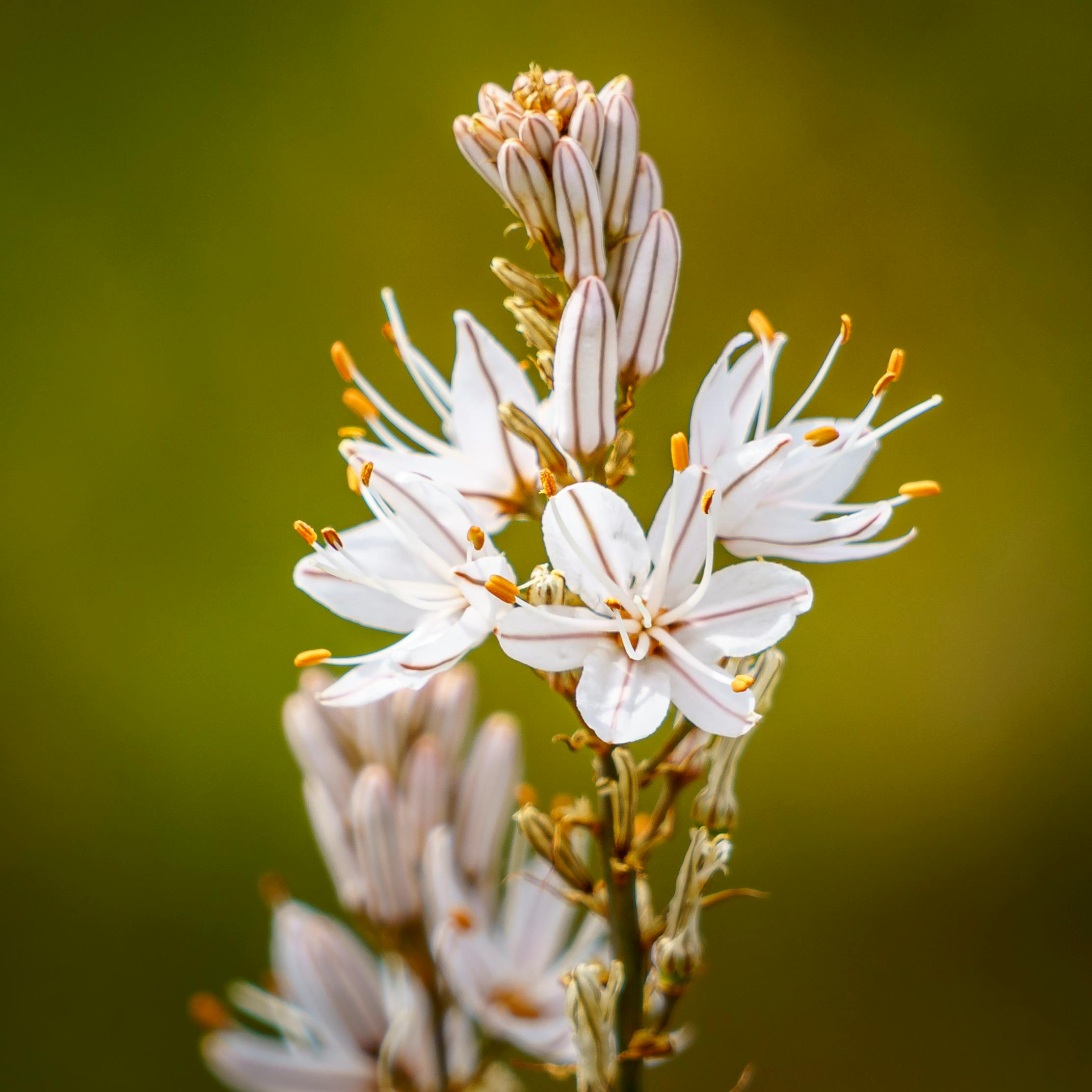A fundu is an essential piece of equipment for anyone looking to make su filindeu. Translating as “base” in Sardinian dialect, this flat, circular disc is made from strips of asphodel leaves and is what the tiny strands of pasta are layered on to dry.

Only an asphodel fundu will do
In theory, any flat disc can be used, but for traditionalists, only a 62cm diameter disc woven from asphodel will do. This herbaceous perennial is native to southern Europe and imparts a delicate but distinctive flavour to the pasta as it dries. It also produces a disc with a rough surface, which helps the pastaio (pasta maker) remove the dried, brittle sheet of pasta without it breaking.
Asphodel features in Greek mythology as a potent symbol of death and the afterlife and was often planted near graves to ward off evil spirits. It was also used in folk medicine to cure wounds, burns and digestive issues and features in the poems of writers such as Homer, Oscar Wilde and Virginia Woolf.
Fundu making is a dying art
The use of asphodel in basketry and mat-making is particularly notable in Sardinia and Corsica, where traditional weaving techniques are passed down through generations. Historically, asphodel baskets served practical purposes such as foraging for mushrooms, but over time they have become decorative items too, often laden with traditional Sardinian motifs, shapes and symbols.
Asphodel plants are typically harvested in late summer and left in the field for around two weeks to soften. The stems are then arranged in small bunches and left in sunny courtyards and streets to dry. Once dry, they are often split into thin strips using a knife or hands and soaked in warm water before weaving to increase flexibility. Fundus are crafted by coiling asphodel strips into a spiral, with each coil meticulously sewn to the previous one, adjusting tension and spacing to achieve the intended shape and design.
While some artisans continue to keep the tradition alive, it is slow, time-consuming manual work meaning fundu production is almost as at risk of becoming extinct as su filindeu itself. However, efforts are underway to preserve this craft in recognition of its cultural and artistic value.

